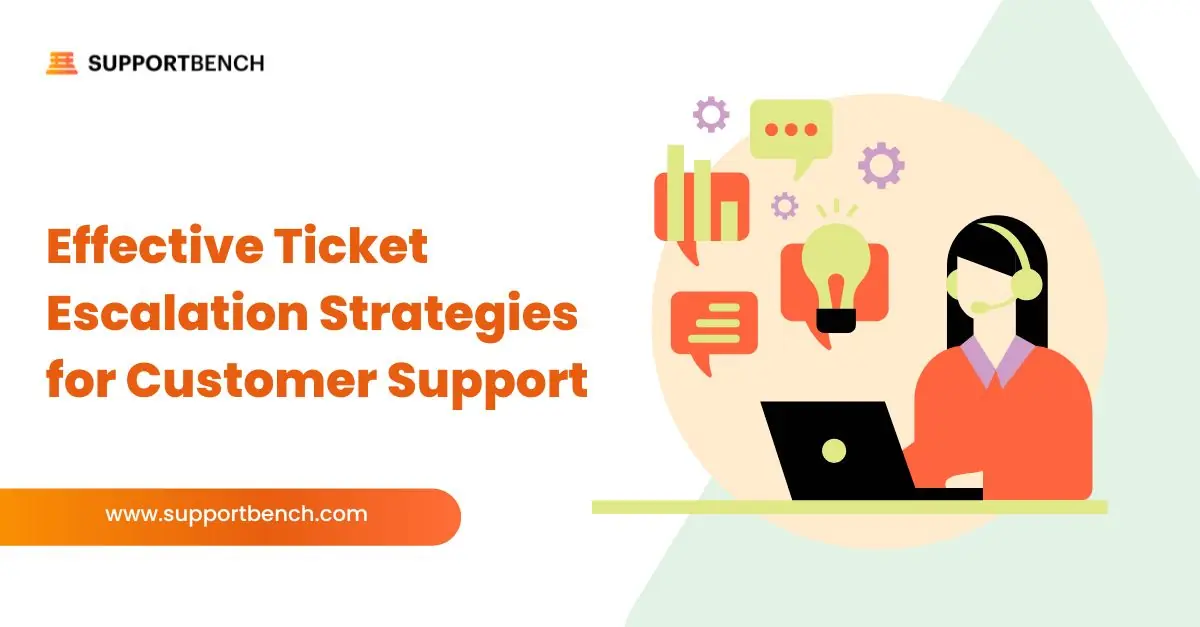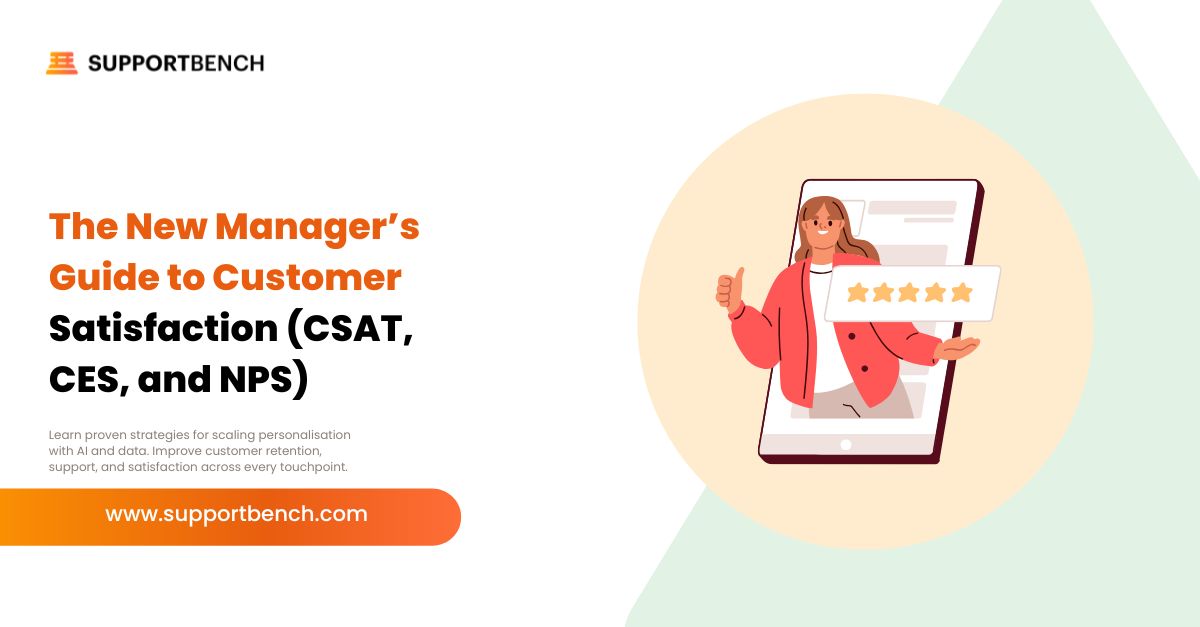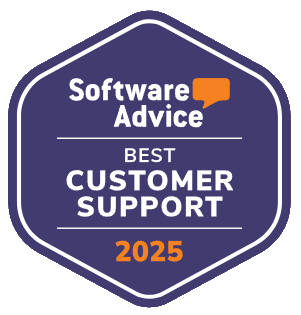In the competitive realm of the B2B enterprise world, understanding customer health is no longer optional. It’s a crucial determinant of long-term success. But what happens when a company chooses to overlook the significance of accurate customer health metrics or base its strategies on substandard data? The repercussions can be severe, impacting not only the support department but the company as a whole. Below is a list of the 8 most severe consequences of neglecting customer health scoring along with corresponding remedies you can use to fix these immediately:

1. Erosion of Trust
Trust is the bedrock of any lasting business relationship. Without reliable insights into customer health, support teams might overlook critical customer concerns or misinterpret their needs. Such oversights can rapidly erode the trust customers have in a company. Once trust is compromised, regaining it can be an uphill battle, if not impossible.
2. Financial Implications
Neglecting accurate customer health metrics can lead to financial repercussions. When you’re not tuned into your customers’ sentiments and needs, you miss opportunities to upsell or cross-sell. Moreover, a customer considering churn might go unnoticed until it’s too late, leading to lost revenue. According to a study by Bain & Company, increasing customer retention rates by 5% can increase profits by 25% to 95%.
3. Reduced Customer Lifetime Value (CLV)
Without understanding customer health, businesses can’t proactively address concerns that could shorten the duration of the customer relationship. A reduced CLV means that the ROI on acquiring that customer diminishes, impacting the company’s bottom line.
4. Strained Support Resources
Support teams that operate without a clear understanding of customer health often find themselves firefighting. Without proactive measures in place, support can become reactive, dealing with a barrage of concerns that could have been predicted or prevented. This not only strains resources but can also lead to increased burnout among support professionals.
5. Damage to Brand Reputation
In the age of digital connectivity, unhappy customers have various platforms to voice their dissatisfaction. Companies that don’t prioritize understanding their customer health risk facing public criticism, which can damage their brand reputation. As Bill Gates aptly put it, “It takes 20 years to build a reputation and five minutes to ruin it.”
6. Loss of Competitive Edge
While one company might be overlooking the importance of customer health metrics, competitors won’t. This can lead to rivals gaining a competitive advantage, as they’ll be better positioned to address customer needs, innovate based on feedback, and retain valuable clients.
7. Decision-making Paralysis
Relying on substandard data or intuition rather than accurate customer health metrics can paralyze decision-making processes. Without clear insights, leaders might find themselves hesitant to make pivotal decisions, stunting growth and innovation.
8. Missed Innovation Opportunities
Feedback, both positive and negative, drives innovation. By neglecting accurate customer health insights, businesses miss out on essential feedback that could guide product or service enhancements. Over time, this can lead to stagnation and reduced market relevance.
So clearly, overlooking customer health is a gamble no B2B enterprise should take. The consequences of such negligence can be long-lasting and dire, impacting everything from financial health to brand reputation. However, with the right tools and mindset, businesses can ensure they’re always attuned to their customers, ready to address their needs and solidify their position in the market.
But how can support leaders accurately gauge customer health? And more importantly, how can this data drive better customer experiences? Lets delve into some specific ways you can remedy this immediately:
1. Predictive Analytics for Customer Behavior
Predictive analytics involves the use of statistical algorithms and machine learning techniques to identify future customer behavior based on historical data. For example, by analyzing trends in support ticket volume, response times, and customer feedback, companies can predict which clients are at risk of churning. According to a study by Forrester, organizations that adopt predictive analytics have seen a whopping 10% increase in customer retention.
You can start by collecting and analyzing historical support data and then using machine learning models to forecast potential customer behaviors and risks. Using newer Support platforms like Supportbench with features like AI-driven sentiment analysis and intent detection, they allows businesses to anticipate customer needs, ensuring that support teams can proactively address concerns before they escalate.
2. Net Promoter Score (NPS) & Customer Effort Score (CES)
While these metrics aren’t entirely new, their application in determining customer health continues to evolve. According to Bain & Company, a 12-point increase in NPS can double a company’s growth. Beyond merely measuring these scores, you can delve deep into the “why” behind the numbers. This can help you tailor interventions more effectively. Using the right support tool, you have access to custom surveys, including NPS and CES, ensure that feedback is timely, relevant, and actionable.
With that said, although historically NPS has been a go-to metric, according to the Temkin Group, 67% of companies use NPS as an indicator of customer health. So, while NPS is an excellent measure of loyalty, it doesn’t capture the full picture.
You can try venturing beyond NPS by implementing Customer Effort Score (CES) to gauge how easy it is for customers to get their problems resolved. A study by the Corporate Executive Board found that 94% of customers who reported low effort expressed an intention to repurchase. Using a platform like Supportbench with its robust support surveys, including custom surveys, NPS, and CES, businesses have a comprehensive toolset to understand customer sentiments and predict their future actions.
3. AI-Driven Customer Journey Mapping
Understanding the customer journey in real-time, backed by AI, can help identify pain points and opportunities for improvement. As per Gartner, by 2025, 75% of enterprises will shift from piloting to operationalizing AI.
“In God, we trust; all others bring data,” quipped W. Edwards Deming. In our digital age, data-driven insights are indispensable. Forrester Research suggests that businesses leveraging advanced analytics outperform their peers by 85% in sales growth.
Again, begin by investing in tools that provide real-time insights into every touchpoint of the customer journey. These newer tools, built for the B2B, make use of ChatGPT and AI-driven sentiment analysis and emotional scoring, allowing for real-time understanding of the customer’s experience, ensuring that support is tailored and timely. Tools like Supportbench can decode the nuances in customer communications, flagging potential churn risks.
4. Proactive/Predictive Health Checks
“Predicting rain doesn’t count. Building arks does,” Warren Buffett famously said. Predictive metrics can forewarn about potential churn, allowing businesses to take preemptive action.
Rather than waiting for a customer to signal an issue, proactive health checks, like regular reviews of product usage and health scores, can spot problems before they become significant. A study from the Harvard Business Review shows that companies that adopt proactive support see a 23% increase in customer loyalty.
Begin by scheduling regular check-ins and using newer B2B Support tools that offer health scoring based on customer experiences. You can then deploy predictive analytics that consider customer interactions, product usage, and feedback to forecast their health. This isn’t about just spotting red flags but identifying upsell and cross-sell opportunities. Also, you can use these regular check in sessions not just to address issues but to gather feedback and identify growth opportunities. Afterall, according to Gartner, proactive customer engagement can result in a 20-30% increase in retention rates. It’s not just about waiting for customers to reach out.
5. Advanced Customer Segmentation
Every touchpoint matters. As Steve Jobs once remarked, “You’ve got to start with the customer experience and work back toward the technology.” A holistic view of the customer is no longer a ‘nice to have’; it’s a necessity.
And, grouping customers by more than just demographic details – like behavior, product usage, or feedback – can offer you a clearer picture of customer health. In fact, McKinsey & Company found that companies using advanced segmentation reported a 15% increase in profit.
You can begin by using a Support tool that can dive deep into relevant customer data and history and resegment based on current patterns and behaviors. And then you can use this tool to integrate all of your systems for a truly unified customer view. This means aligning sales, support, and marketing tools to have a single point of truth about each customer. With this level of insight, or a 360-degree customer overview and Salesforce synchronization, a new Support platform like Supportbench ensures that every department has consistent and updated customer information.
In summary:
Overlooking customer health is a gamble no B2B enterprise should take. The consequences of such negligence can be long-lasting and dire, impacting everything from financial health to brand reputation. However, with the right tools, mindset, and a partner like Supportbench, businesses can ensure they’re always attuned to their customers, ready to address their needs and solidify their position in the market. As Jeff Bezos once said, “The most important single thing is to focus obsessively on the customer. Our goal is to be earth’s most customer-centric company.”















